Your Body After Nicotine: The Food-Based Game Plan for an Easier Quit
So, you’re quitting nicotine. First off, that’s a huge deal, and you should be seriously proud of that decision. I’ve worked with people for years on rebuilding their health, and this is one of the toughest—and most rewarding—journeys they take. A lot of folks ask me about some kind of magic “nicotine detox.” Let’s be real about that word for a second. Your body is already a detoxing champion; your liver and kidneys are absolute pros at cleaning house. Food doesn’t magically flush out nicotine.
In this article
- Just Starting? Do This TODAY.
- Why Your Body is Freaking Out (And How Food Helps)
- Your Nutritional Game Plan: The Must-Haves
- Your Craving-Buster Toolkit
- What a Day of Eating Could Look Like
- Watch Out for These Secret Saboteurs
- Your First-Week Grocery Guide
- Leveling Up Your Recovery
- When to Call in the Pros
- Inspirational Gallery with Photos
Instead, what we’re going to do is give your body the exact tools it needs to support its own natural healing process. We’ll focus on repairing damage, calming those gnarly withdrawal symptoms, and making this whole thing feel a lot less overwhelming. And let’s get the elephant out of the room right away: weight gain. It’s a huge fear for many people, but this plan is your secret weapon against it. By focusing on the right foods, you’ll keep your blood sugar stable, which is the key to managing cravings and keeping your weight in check.

This isn’t about some miserable, restrictive diet. It’s about being smart and strategic. But first, a quick heads-up: This is nutritional guidance, not a replacement for medical advice. Always, always chat with your doctor before making big changes, especially if you have other health issues. Quitting is a medical journey, and your doctor is your team captain.
Just Starting? Do This TODAY.
Feeling overwhelmed? I get it. Here’s your quick win to prove you can do this. Just focus on these two things today:
1. Every single time a craving hits, drink a full glass of water first. Don’t think, just drink.
2. Eat one orange or a handful of berries. That’s it.
See? You’re already on your way.
Why Your Body is Freaking Out (And How Food Helps)
To understand why this works, you need to know what nicotine was doing to your body. It’s a vasoconstrictor, meaning it literally squeezed your blood vessels, making your heart work harder. It also messed with your brain chemistry by jacking up dopamine (the “feel-good” chemical) and played games with your blood sugar by telling your liver to release glucose. No wonder you feel off when it’s gone!
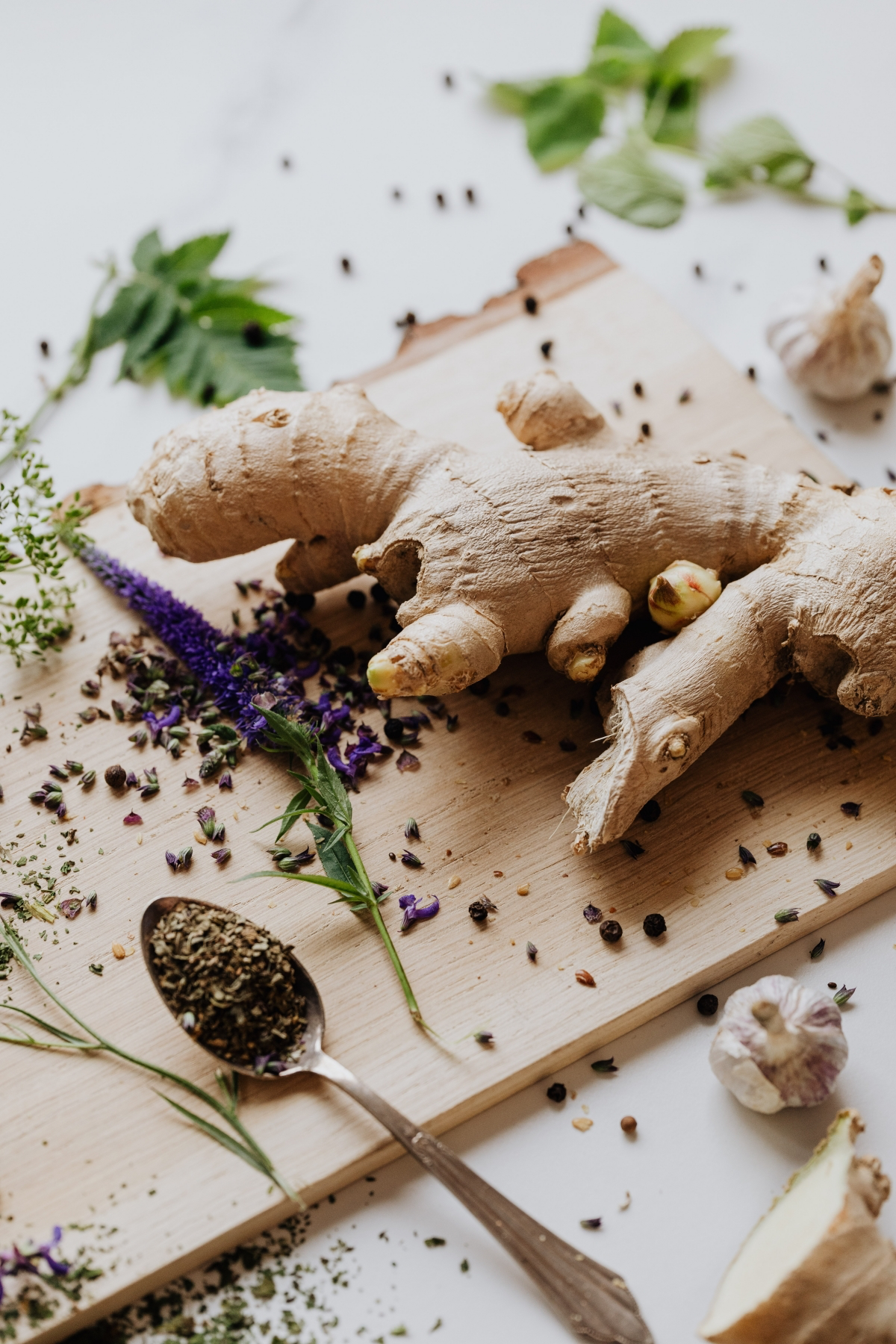
The other big issue is something called oxidative stress. Think of it as cellular rust. Smoking unleashes a massive storm of unstable molecules (free radicals) that damage your cells. Your body uses antioxidants from food to fight this, but smoking depletes your reserves like crazy, especially Vitamin C. In fact, experts suggest that people who smoke need about 35mg of extra Vitamin C every day just to break even. Our plan will tackle all of this: we’ll load you up with antioxidants, stabilize your blood sugar, and give your brain what it needs to feel good on its own again.
Your Nutritional Game Plan: The Must-Haves
When I work with clients, we don’t just list “good foods.” We build a strategy around three goals: fighting that cellular rust, keeping your blood sugar and mood from going on a rollercoaster, and staying hydrated to help your kidneys flush everything out.
1. Vitamin C: Your Cellular Repair Crew
This is priority number one. Vitamin C is a beast of an antioxidant, and it’s essential for rebuilding collagen—the protein that makes up your skin, blood vessels, and lung tissue. Smoking directly damages this stuff, which is why skin can look dull and aged.
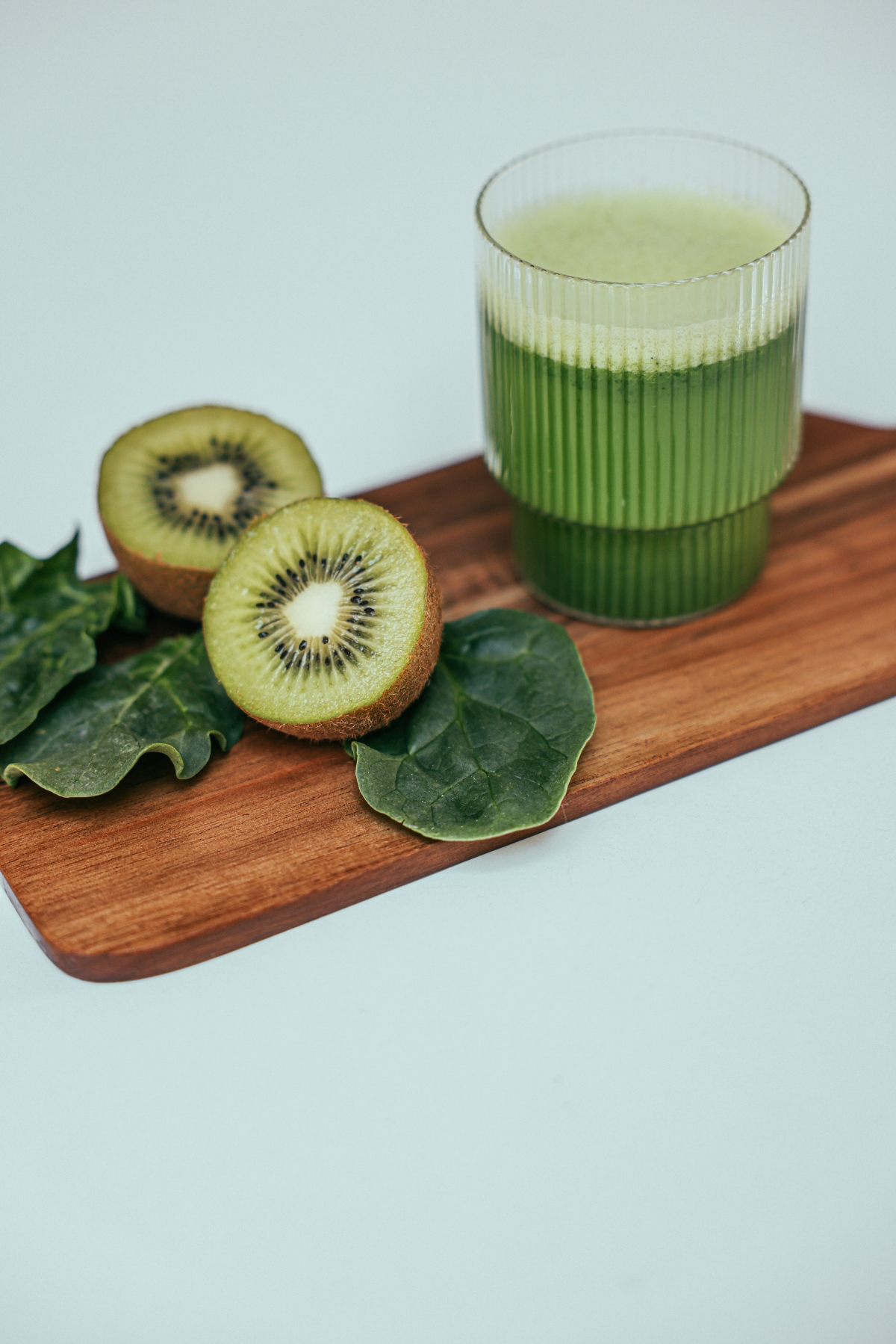
Your Best Friends: Oranges are great, but kiwis and bell peppers are the real superstars here. Guess what? A single kiwi packs over 60mg of Vitamin C, and just half a red bell pepper can have over 90mg. So, adding just one of those to your lunch easily covers your body’s extra needs and then some. I tell my clients to aim for a high-C food with every meal. Berries, broccoli, and tomatoes are fantastic choices, too.
I once had a client in his 40s who was a heavy smoker for decades. His biggest complaint after quitting was feeling exhausted, and his gums would bleed when he brushed his teeth—a classic sign of low Vitamin C. We simply added a big orange to his breakfast and a handful of strawberries for a snack. In two weeks, he said he felt more alive and the gum issue was gone. His body was just screaming for the basic tools to fix itself.

2. B Vitamins: For Energy and a Better Mood
The B vitamins, especially folate (B9) and B12, are critical for your nerves and energy levels. Smoking messes with how you absorb them, which can make the post-quit fatigue and low mood even worse. Beefing up on B vitamins can really help smooth out those emotional bumps.
Your Best Friends: Leafy greens like spinach are your best source of natural folate. Broccoli is another hero because it’s loaded with both Vitamin C and Vitamin B5, which helps support your adrenal glands (they’ve been working overtime from all the stress). As a cool bonus, broccoli has a compound called sulforaphane that actually helps rev up your liver’s natural detoxification pathways. The very ones that clear out all the junk.
Practical tip: Throw a big handful of spinach into your morning smoothie or scrambled eggs. I promise you won’t even taste it. A side of steamed broccoli with dinner is another dead-simple win. You don’t have to become a rabbit overnight; just weave these into the meals you already eat.
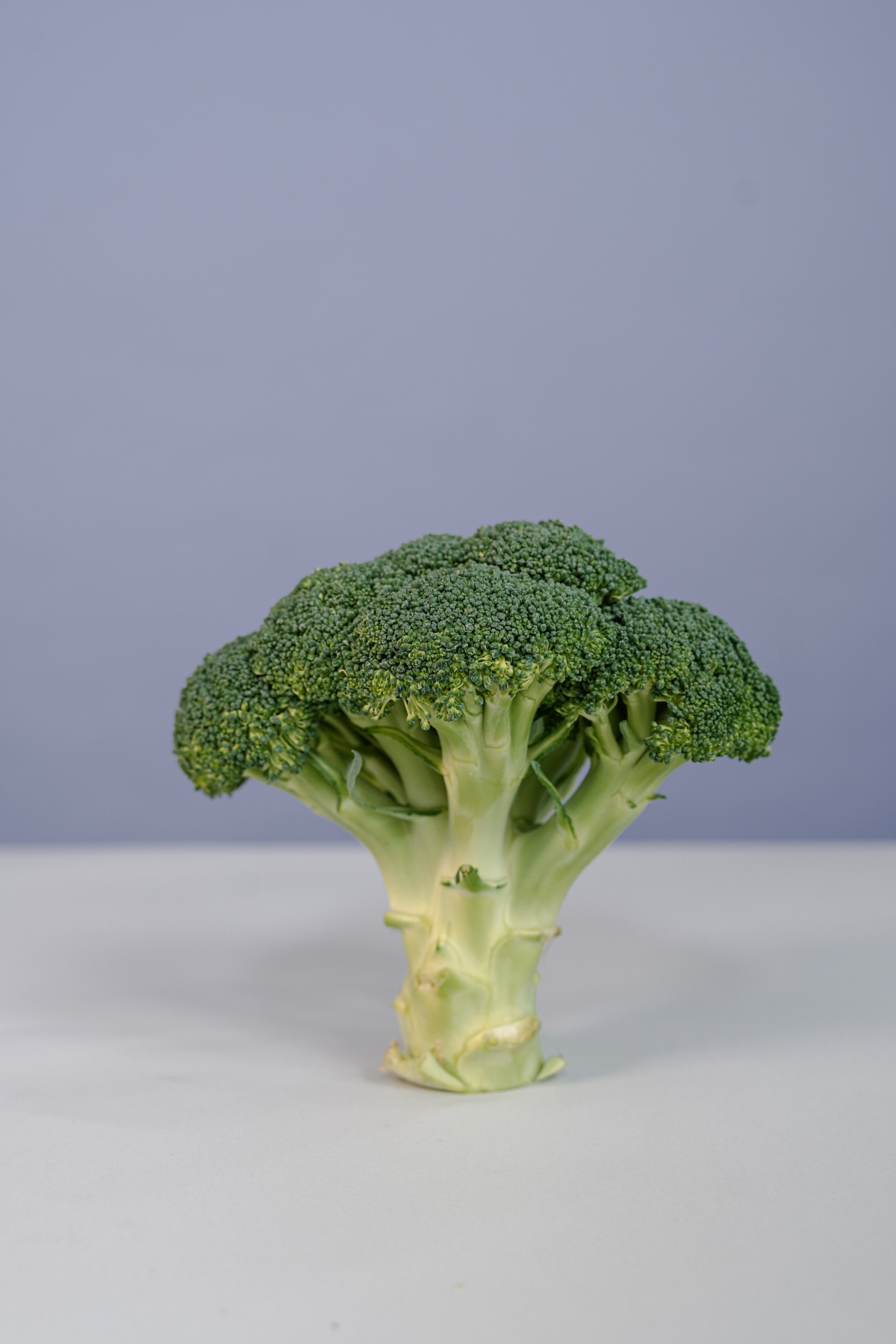
3. Hydration: The Easiest Win
Don’t sleep on this one. Your kidneys are working hard to filter out all the leftover byproducts. Giving them plenty of water is like giving a cleaning crew fresh mops and buckets. Plus, it’s a killer way to manage withdrawal symptoms. A headache? Often dehydration. A sudden craving? It might just be thirst.
Your Best Friends: Water and herbal teas. Aim for 2 to 3 liters a day, sipped consistently. And here’s a great trick: try the “one-for-one” rule. Every time you would have normally gone for a smoke break, go chug a glass of water instead. It replaces the habit and crushes the craving. Ginger tea is amazing for settling an upset stomach and fighting inflammation, while green tea is packed with antioxidants that support your liver.
Heads up on caffeine! Your body uses the same liver enzymes to process caffeine and nicotine. When you were smoking, your liver was in overdrive and cleared caffeine super fast. Now that you’ve quit, your metabolism is normalizing. That means the two cups of coffee that used to feel fine can now feel like four, making you anxious, jittery, and unable to sleep. My advice? Cut your caffeine intake in half for the first few weeks.

Your Craving-Buster Toolkit
Part of the addiction is the physical habit. You need to replace the hand-to-mouth motion. I tell my clients to build a ‘quit kit’ and keep it at their desk or in their car. Here’s what’s in it:
- A Big Water Bottle: Your first line of defense. Sip constantly.
- Crunchy Things: Think baby carrots, celery sticks, or apple slices. They satisfy that need for an oral fixation and give you a satisfying crunch. A bag of baby carrots is maybe $2 and will last you a few days.
- A Small Bag of Almonds: When a blood sugar crash hits and you feel panicky, a small handful of almonds provides healthy fat and protein to stabilize you fast. No sugar spike, no crash.
What a Day of Eating Could Look Like
It’s easier to picture it, right? Here’s a super simple, no-fuss example of how to fit this all in:
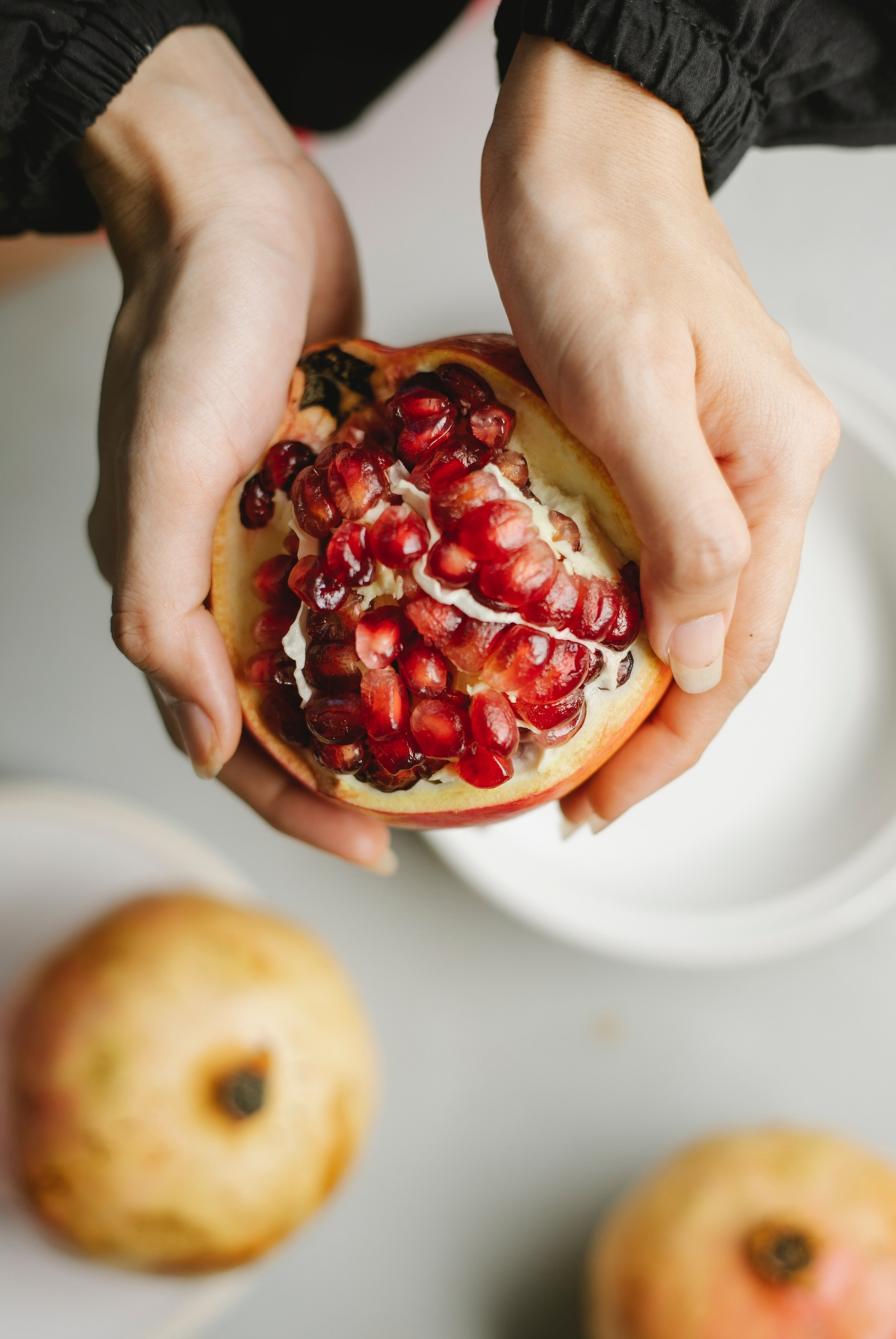
- Breakfast: A bowl of oatmeal (that’s your whole-grain fiber) made with milk or water, topped with a handful of frozen berries (Vitamin C!) and a sprinkle of nuts or seeds (healthy fats).
- Lunch: A big salad with a ton of spinach (B vitamins!), grilled chicken or a can of chickpeas (protein!), and lots of chopped red bell pepper (Vitamin C powerhouse!). Use a simple olive oil and vinegar dressing.
- Afternoon Snack: An apple with a spoonful of peanut butter, or a Greek yogurt. This combo of fiber and protein will keep you full and prevent a late-afternoon energy crash.
- Dinner: A piece of baked salmon (more protein and healthy fats) with a side of steamed broccoli (B vitamins and sulforaphane) and a small sweet potato (more fiber and vitamins).
Watch Out for These Secret Saboteurs
Just as important as what you eat is what you avoid, especially in those first few brutal weeks. These things can trigger cravings and make you feel way worse:
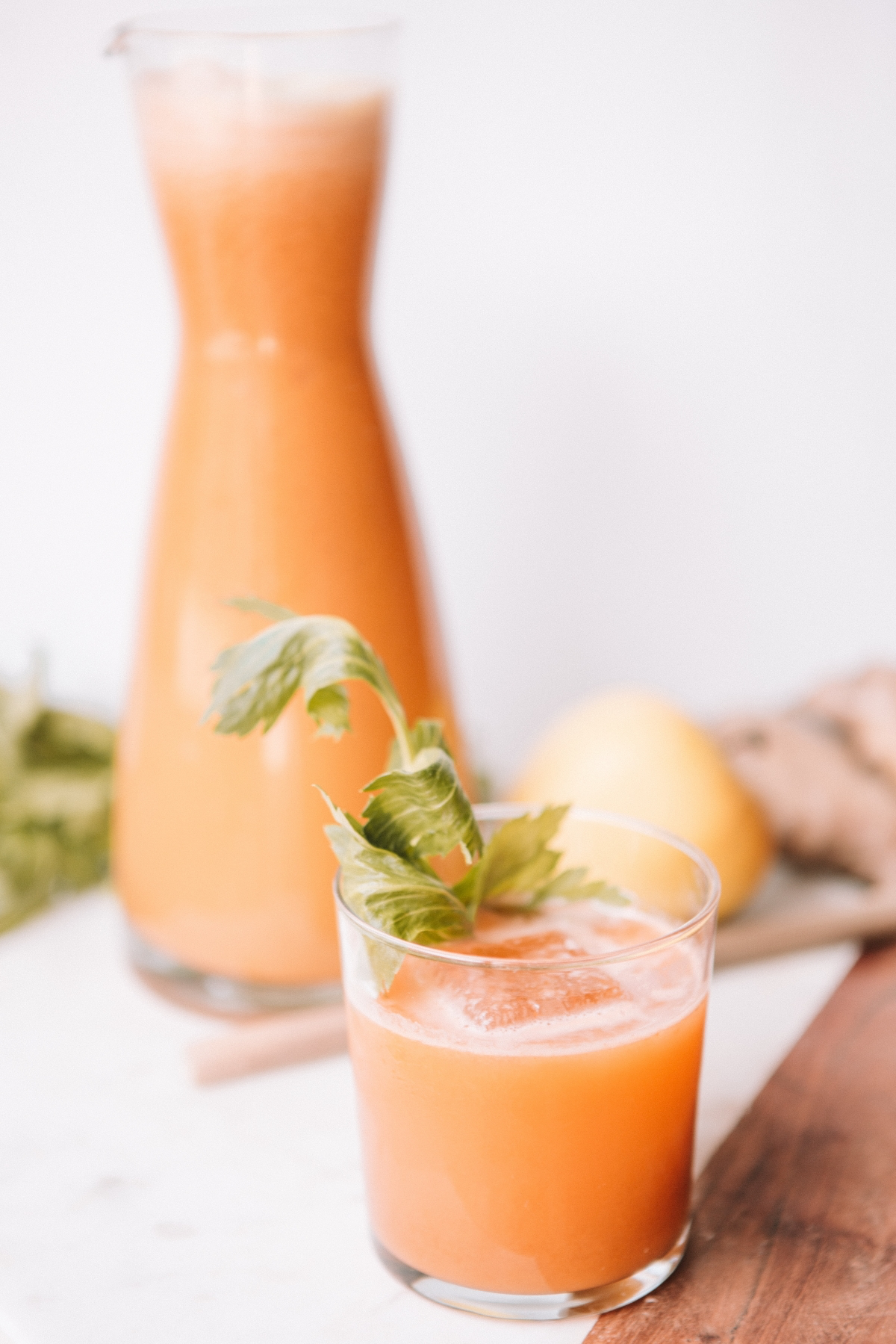
- Sugar & Refined Carbs: A candy bar, a bag of chips, or a soda will send your blood sugar on a wild ride. The crash that follows feels almost identical to a nicotine craving, which can send you into a panic. Stick to whole foods.
- Alcohol: For so many people, drinking and smoking go hand-in-hand. That beer or glass of wine can be a massive trigger. Plus, alcohol lowers your inhibitions, weakening your resolve. It’s honestly best to skip it entirely for the first month or so.
Your First-Week Grocery Guide
Don’t overthink it. Just get these things. To save money, remember that frozen produce is your best friend—it’s just as nutritious and often cheaper than fresh.
- Produce Aisle: Oranges, kiwis, a bag of apples, baby carrots, celery, a bag of spinach, a head of broccoli, and a red bell pepper. (Frozen alternatives: frozen berries, spinach, and broccoli florets).
- Protein: Chicken breast, salmon fillets, eggs, canned tuna or salmon, canned chickpeas, and lentils.
- Pantry: Rolled oats, brown rice or quinoa, raw almonds or walnuts, and herbal teas (ginger and green tea are great starts).

Leveling Up Your Recovery
Once you have the basics down, a few other things can give you an extra edge. A small glass (about 4 ounces) of pure pomegranate juice is fantastic. It’s loaded with powerful antioxidants that are great for your heart and blood vessels. Just make sure it’s 100% juice, not a sugary cocktail.
Fresh carrot juice is also great a few times a week. It gives you a dose of beta-carotene, which your body turns into Vitamin A—vital for your immune system and for helping your skin repair itself and get its healthy glow back.
A REALLY important safety note: While getting beta-carotene from food like carrots is perfectly safe, taking high-dose beta-carotene supplements is not. Major studies have shown that smokers who took these supplements actually had a higher risk of health problems. This is a perfect example of why getting your nutrients from real food is always the safer, smarter bet.
When to Call in the Pros
This food plan is a powerful tool, but it’s part of a bigger picture. Please, get professional help where you need it.
Your Doctor: They are your primary partner. They can talk to you about Nicotine Replacement Therapy (NRT) like patches or gum, which can double your chances of success. They also need to monitor your overall health.
A Registered Dietitian: If you have other conditions like diabetes or heart disease, a professional can create a plan that’s perfectly tailored and safe for you.
A Therapist or Support Group: The mental game of quitting is no joke. Talking to someone can give you the coping strategies you need to handle stress and triggers.
Quitting is one of the most incredible things you will ever do for your body. The healing starts the moment you stop. By feeding your body well, you’re not doing magic; you’re just giving your amazing cells the building blocks they need to do their job. Be patient with yourself. You’re recovering, one good meal at a time.
Inspirational Gallery with Photos
Craving something sweet but trying to avoid sugar?
Try frozen grapes. It sounds simple, but the experience is a game-changer. Wash and thoroughly dry a bunch of red or green grapes, then freeze them on a baking sheet for a few hours. They become sweet, icy little orbs that you can savor one by one. This satisfies the sweet tooth and the hand-to-mouth habit, while the cold sensation provides a welcome distraction from a rising craving.
- Calms a jittery nervous system.
- Helps reduce the muscle tension and irritability common in withdrawal.
- Supports a more restful sleep cycle.
The secret? A diet rich in magnesium. Nicotine withdrawal puts your body under immense stress, and magnesium is a key mineral for relaxation. Find it in dark leafy greens like spinach, almonds, avocados, and even a small square of high-quality dark chocolate (70% cacao or higher).
Studies show that smokers consistently have up to 40% lower levels of Vitamin C in their bodies compared to non-smokers.
This isn’t just about oranges. Vitamin C is a powerful antioxidant crucial for repairing the cellular damage (oxidative stress) caused by smoking. It helps rebuild collagen for healthier skin and gums, and it strengthens your immune system. Supercharge your intake with red bell peppers, kiwi, strawberries, and broccoli—many of which have more Vitamin C per serving than an orange.
When a craving strikes, managing the physical need for something in your hand or mouth is half the battle. Instead of reaching for a cigarette, retrain that muscle memory with healthier options that provide a satisfying sensory experience.
- Crunchy Veggie Sticks: Carrots, celery, and bell pepper sticks offer a loud, satisfying crunch.
- Herbal Tea with a Straw: Sipping a warm chamomile or peppermint tea through a reusable metal straw mimics the sipping motion and keeps your hands busy.
- Sugar-Free Mints: Look for brands like Pür or Spry that use xylitol, which is better for your teeth and doesn’t spike blood sugar.
Important point: Your gut health is directly linked to your mood. Nicotine disrupts your gut microbiome, and withdrawal can make it worse. Supporting your gut with probiotics can be a powerful tool for managing the anxiety and low moods that often accompany quitting. Incorporate fermented foods like plain kefir, kimchi, or sauerkraut into your meals to nourish the good bacteria that help produce mood-regulating neurotransmitters like serotonin.
Am I just replacing smoking with obsessive eating?
It’s a valid fear, but the goal is to shift from a harmful compulsion to a mindful choice. Think of it as reclaiming territory. Nicotine controlled your dopamine and blood sugar; now, you are taking the wheel. Focusing on nutrient-dense foods is about consciously giving your body what it needs to heal and feel good. It’s an act of self-care and control, the very opposite of being controlled by a substance.
Did you know that the brain is about 60% fat? The right kinds of fat are essential for cognitive function and mood stability.
During the brain fog of withdrawal, feeding your brain with Omega-3 fatty acids is key. These healthy fats help build brain cell membranes and have anti-inflammatory properties that support your entire system. You don’t need expensive supplements to start; focus on incorporating fatty fish like salmon, mackerel, or sardines twice a week. Plant-based sources include walnuts, chia seeds, and flaxseeds.
For steady energy, think protein and fiber. Many people quitting experience blood sugar swings that mimic nicotine cravings. To combat this, ensure every meal and snack contains both protein and fiber. This combination slows down digestion, preventing the sharp glucose spikes and subsequent crashes that leave you feeling irritable and hungry. A perfect example is an apple (fiber) with a tablespoon of almond butter (protein and healthy fat).
Supporting your body doesn’t require a trip to a specialty health food store. Some of the most powerful foods for this journey are also the most affordable. A bag of lentils provides an incredible source of fiber, iron, and protein to keep you full and stable. Cabbage is packed with L-glutamine, an amino acid that helps repair the gut lining. And simple rolled oats offer soluble fiber that helps manage cholesterol and blood sugar. Healthy healing can absolutely be budget-friendly.
Quick Snack Showdown: A Handful of Almonds vs. A Rice Cake
Almonds: Packed with healthy fats, magnesium, and protein. They help stabilize blood sugar for hours, keeping cravings at bay.
Rice Cake: Mostly simple carbohydrates. It can cause a quick spike in blood sugar followed by a crash, potentially triggering more cravings.
When you need a quick, crunchy snack, the almonds are the clear winner for sustained energy and mood stability.










